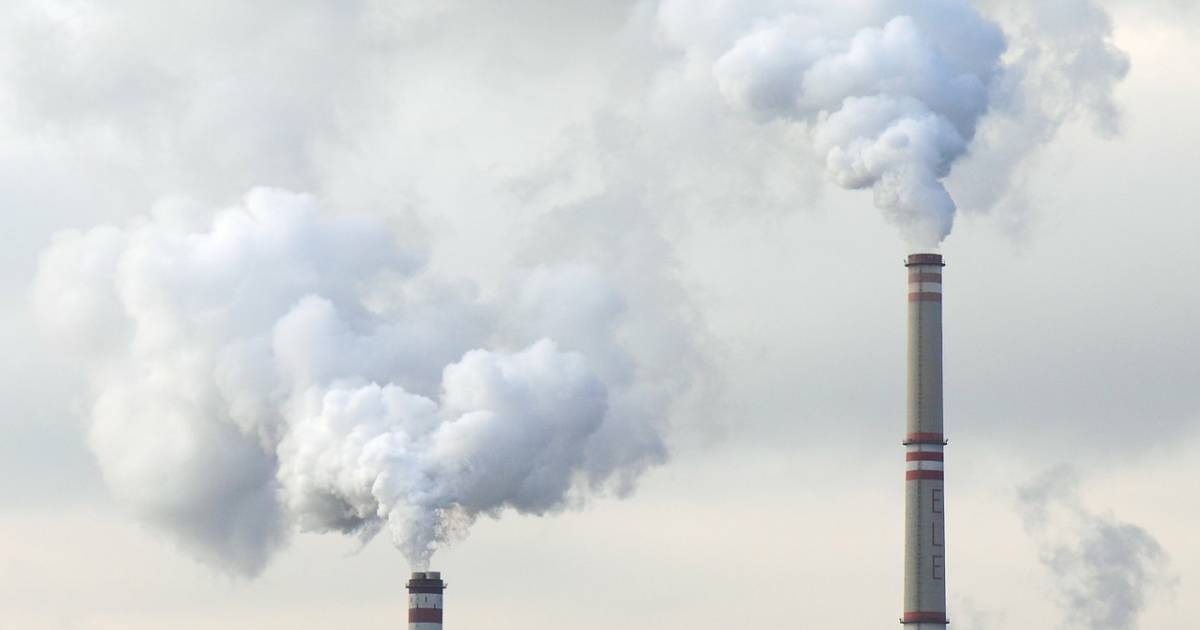A study out of University of California San Diego states coal-fired electricity generation shutdowns in the USA have saved tens of thousands of lives and millions of bushels of important crops.
Coal-based power generation emissions aren’t just problematic in terms of carbon dioxide. Toxins spewed into the atmosphere include sulfur dioxide (SO2), oxides of nitrogen (NOx) and mercury.
A report published last year estimated coal-fired power stations in New South Wales cause hundreds of premature deaths in the state each year. Across the world, premature deaths attributed to coal-related air pollution have been estimated at 800,000 – annually.
When we think about coal power and health, it’s usually just in human terms, but ground level ozone and other toxins emitted also affect agricultural production as SQ’s Ronald recently touched on. It’s probably not so great for animals either (well, other animals aside from humans).
While emissions from burning coal spread across the world, the negative impacts are greatest in the regions where power stations are operating. Environmental Justice Australia’s (EJA’s) “Toxic and Terminal” report from 2017 claimed those living within 50 kilometres of a coal-fired power station were three to four times more likely to die prematurely than those living further away.
So, what happens in an area when local coal-fired electricity generators are closed?
A study by UCSD’s Jennifer Burney looked at the impact of coal fired power plant closures in the USA between 2005 and 2016 on aerosols and ozone, and resulting impacts on human health, crop yields and regional climate. Ms. Burney is an associate professor of environmental science at the UC San Diego School of Global Policy and Strategy.
Drawing on data from various sources including the Environmental Protection Agency, NASA, the Centers for Disease Control and the U.S. Department of Agriculture, Associate Professor Burney concluded the shutdown of coal-fired units saved an estimated 26,610 lives and 570 million bushels of corn, soybeans and wheat in the regions where the plants were operating. These estimates increase if pollution transport-related spillovers are added.
The Toll From Operating Coal-Fired Power Stations
Gauging damage caused by coal power stations continuing to operate over the same period, Burney suggests they contributed to 329,417 premature deaths and the loss of 10.2 billion bushels of crops.
The loss of jobs is often raised when a coal burner is threatened and the promise of employment when one is proposed, but there’s a bigger picture.
“The analysis provides a framework for communities to more thoroughly and accurately assess the costs and benefits of local investments in energy infrastructure,” says Associate Professor Burney.
Gas doesn’t get a free pass either. It may be lower emissions, but it’s not zero emissions and the emissions profile of gas is different. While a shift from coal to natural gas (and renewables) for electricity production may knock down related carbon emissions, Associate Professor Burney says gas-based power generation isn’t without its impacts and should be studied further.
Her study titled “The downstream air pollution impacts of the transition from coal to natural gas in the United States” was recently published in the journal Nature.


 RSS - Posts
RSS - Posts



Speak Your Mind